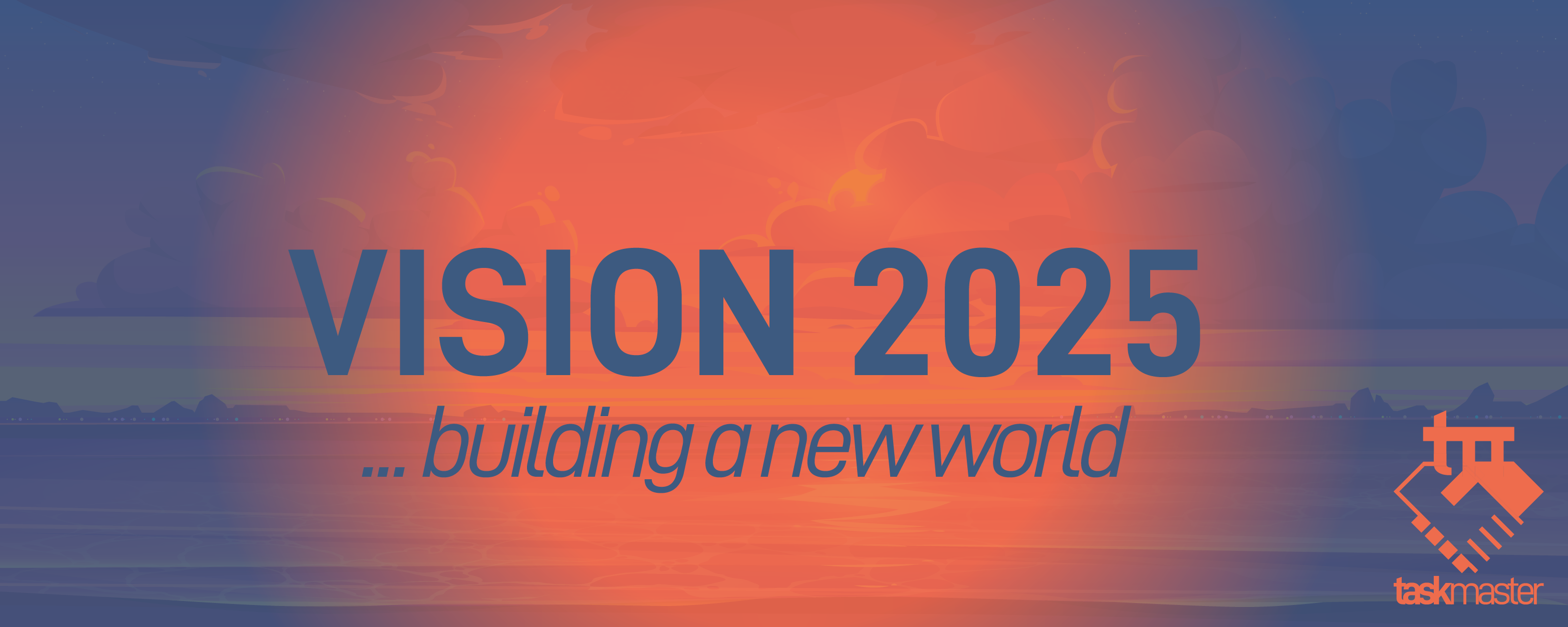We are conditioned to believe in what is presented to us. Critical thinking certainly is a lost art. We are also trained to respect authority. All of this leads to people buying into things as they appear instead of as they are.
Take the President of the United States. The term was once "most powerful man in the world". Does anyone believe Biden is fully in control of the country or even the White House? Many questioned it with previous Presidents (George Bush 2) but it is now evident.
The same holds true for central banks. We are conditioned to believe in the power of this institutions. After all, they can "print" as much money as they want, or so we are told.
In this article we will reveal the central bank fallacy along with why the idea of central bank digital currencies (CBDC) being a threat is misguided.

Death In The 1950s
Did you ever hear of the Humphrey-Hawkins Act?
This is the act that tasked the Federal Reserve with full employment. That is what it is known for. However, buried in there is another major objective: for the chair to report to Congress on the money situation.
It was a bill that became law in the 1970s. The U.S. was battling the Great Inflation and, of course, Congress wanted some answers.
At the time, the challenge was that few were aware of a system that was about 2 decades old. It was a money creation mechanism that was not overt to the political establishment, nor to the central bankers. By the late 1960s, there were a few hearings surrounding the topic, without much revelation.
The essence of all this is that the central bank model was basically dead by the 1950s. It was simply too limited and the banking system knew it.
Around that time, post World War 2, globalization took place. This meant that we had an explosion in global trade. Over those decades, we saw numbers like we never did before. This would continue up to present day.
Central banks are national. Even the Fed, for most of its history was hindered by national boundaries. Monetary policy was ineffective due to this other system.
What was that? It goes by a few different names:
- shadow banking
- off shore dollar system
- wholesale banking
- Eurodollar system
Whatever name you call it, this dwarfed the central bank system within a couple decades. It operates outside the reach of any government or central bank. This is the power it wielded.
What Is Money?
This seems like an easy question. There will be many who believe they know the answer.
In spite of this, there was one person in June 2000 who could not answer it. That was the Chair of the Federal Reserve, Alan Greenspan.
Here is his statement in the FOMC meeting:
The problem is that we cannot extract from our statistical database what is true
money conceptually, either in the transactions mode or the store-of-value mode. One of the reasons, obviously, is that the proliferation of products has been so extraordinary that the true underlying mix of money in our money and near money data is continuously changing. As a consequence, while of necessity it must be the case at the end of the day that inflation has to be a monetary phenomenon, a decision to base policy on measures of money presupposes that we can locate money. And that has become an increasingly dubious proposition.
This blows up the entire myth of the central bank. Here is Alan Greenspan admitting a number of factors:
- the Fed evening locating money is a dubious proposition
- this is due to the proliferation of products
- it cannot extract true money (conceptually) for medium of exchange or store of value
Basically, we have the Fed admitting it has no idea what money is anymore. By the time these words were uttered, this was a problem that was looked into for 25 years. What metrics could be designed to capture how much money is out there?
That presumes one can even find money.
This is why there is a M1, M2, and M3 money supply, all of which the Fed knew was useless decades ago.
Eurodollar System
International banks and financial institutions set up the Eurodollar system as a means to facilitate global trade outside the central bank system. The limitations of that evidently became clear to the bankers. Therefore, they set up a system of borrowing, lending, remittance, and cross-border payment using Eurodollars that were distributed by the U.S. after WW2.
Of course, the currency has long left the system and now using assets on balance sheets. In other words, in this world, collateral is money.
These is the proliferation of products that Greenspan spoke about. The private sector created mortgage backed securities (MBS), interest rate swaps, LIBOR futures, and a host of other securities that were used for these purposes.
It is also the blueprint for cryptocurrency.
The Eurodollar system was created to facilitate a growing global system that exceeds the boundaries of any single country. A central bank cannot ensure that money would arrive where it was needed and in a timely fashion on a worldwide scale. Under this system, that was handled.
We now have a digital realm that is exploding. Central bank money is relegated to banknotes and reserves. Neither of them is applicable to the digital world.
There are also challenges in the Eurodollar system. Due to the nature of banking, they are limited by their balance sheets. Since the Great Financial Crisis, these entities faced balance sheet constraint.
Cryptocurrency can solve this issue. While banks have limitations to what they can create, we can create a token for just about anything. This asset might not have much value yet, if it is tied to a project that gets 15 million users, suddenly it does. The network effect can have a huge impact.
There really is no network effect to be realized on interest rate swaps.
CBDCs Are No Threat
Everyone seems concerned about CBDCs. This is the grand plan that is going to usurp all other forms of money. Of course, if you listen to Twitter, this is right around the corner (the subject of an upcoming article).
Again, we have to look at the system. The limitation presently facing the Bank of Japan are still in place, even if they go with a CBDC. To start, the Yen, like most currencies, is already digital. So what does a CBDC do that the Yen presently does not?
Also, is a merchant in Argentina going to take payment in CBDC Yen from a company in Indonesia? Does anyone think the reach of the Bank of Japan is enhanced by this move?
Believing in central bank omnipotence is leading people to some misguided conclusions. The limitations of central banks and governments is clear. It was evident 70 years ago when the banks started to build another system. Since then, nothing has changed.
Alan Greenspan admitted they do not know what money is, where to find, and are not in control of it. So what does creating a CBDC do if the world of using money that the Fed (and other central banks) cannot even keep up with?
The central bank model died decades ago especially after we moved away from physical cash. Now, these same institutions are supposedly going to bring a CBDC to the table. How does that solve their basic issue?
If you found this article informative, please give an upvote and rehive.

gif by @doze

logo by @st8z
Posted Using LeoFinance Beta